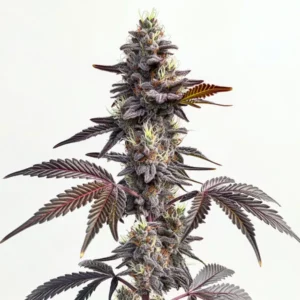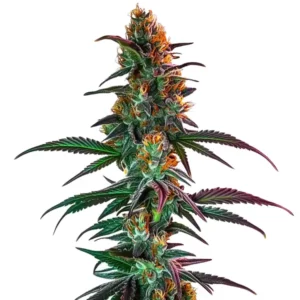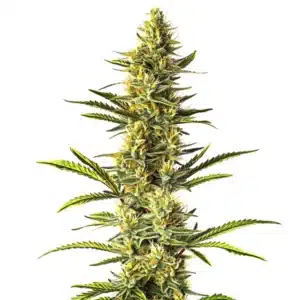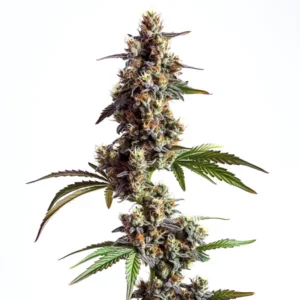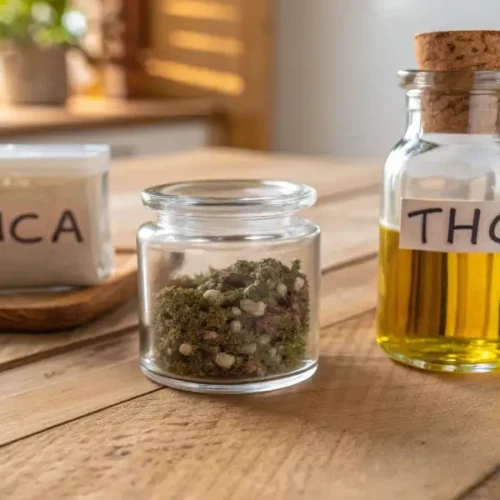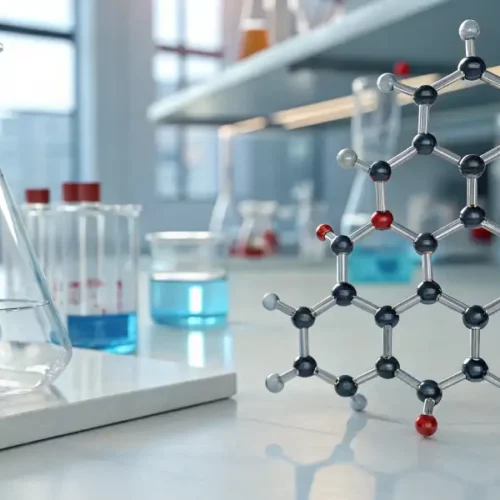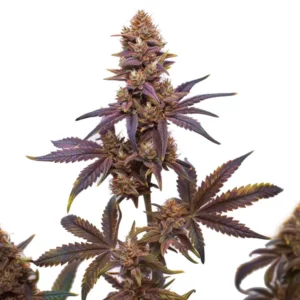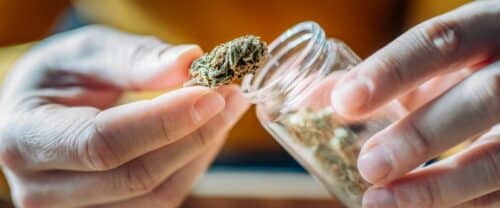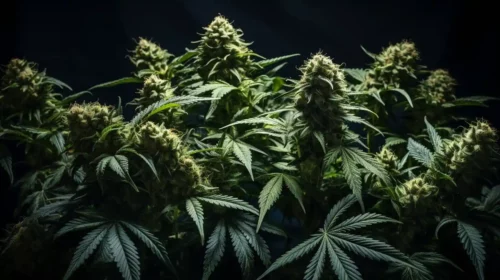Cannabis, like most organic products, has a shelf life. However, weed doesn’t “expire” in the traditional sense; instead, it gradually loses its potency and flavor over time. Typically, if stored under optimal conditions, weed can stay fresh and potent for about a year. This means that the THC levels, responsible for the psychoactive effects, remain relatively stable, and the flavors are still enjoyable. However, exposure to factors like light, heat, and moisture can accelerate the degradation process, making your weed stale or even moldy.
It’s crucial to remember that while old weed may still get you high, the experience might not be as enjoyable. The high can be weaker, and the taste might be harsh. Additionally, while the THC decreases, other cannabinoids like CBN (cannabinol), which has different effects, may increase. This could lead to a high that feels different from what you might expect from fresher weed. Some users also wonder: are humidity packs bad for weed? Using them incorrectly can impact freshness and taste. Therefore, it’s always best to consume your cannabis while it’s still fresh to ensure the best experience.
Signs That Your Weed Has Gone Bad
Over time, cannabis can undergo several changes that indicate it has gone bad. The most noticeable sign is a change in color. Fresh cannabis is typically vibrant green, with some strains showing hints of purple or orange. However, when cannabis starts to degrade, it may turn a dull brown. Another sign to watch out for is the smell. Fresh cannabis has a distinct, pungent aroma, while stale cannabis often smells musty or lacks the characteristic scent altogether. If your cannabis smells off or has a dusty odor, it’s likely past its prime.
Texture is another indicator. Fresh cannabis should be slightly sticky to the touch due to the resinous trichomes that contain the cannabinoids and terpenes. If your weed is overly dry and crumbles easily, it has likely lost much of its potency. On the other hand, if it feels damp or shows signs of mold, such as white or gray fuzz, it’s unsafe to use. Smoking moldy weed can be harmful to your health, leading to respiratory issues and other complications.
The Impact of Improper Storage
Improper storage is one of the leading causes of weed going bad prematurely. Storing weed in plastic bags, for example, can lead to a loss of moisture and potency because plastic is not airtight and can allow light and air to degrade the cannabinoids and terpenes. Light, in particular, is one of the biggest enemies of cannabis, as it can break down THC into CBN, which has a sedative effect but is not as psychoactive. Additionally, excessive heat can dry out your weed, making it brittle and harsh to smoke.
To avoid these issues, it’s essential to store your cannabis in a cool, dark place, ideally in an airtight glass jar. These jars help protect against light exposure and maintain the humidity levels needed to keep your weed fresh. Some people use humidity packs to regulate moisture inside the jars, ensuring that the weed stays at the optimal humidity level of around 62%. This way, you can preserve the quality of your cannabis for a much longer time.
Promos & Deals
Can You Still Use Old Weed?
Even if your weed has aged and lost some of its initial potency, it doesn’t mean it’s entirely useless. Old weed can still be utilized in various ways that don’t require smoking. One popular method is to make edibles. By decarboxylating the weed (baking it to activate the THC), you can infuse it into butter or oil, which can then be used in various recipes. This way, you can still enjoy the psychoactive effects without the unpleasant taste of stale weed.
Another option is to make concentrates, such as hash or tinctures. These methods involve extracting the remaining cannabinoids from the plant material, which can be more efficient than smoking old weed. Concentrates can be used in various ways, including dabbing, vaporizing, or adding to foods and beverages. So, even if your weed is no longer at its peak, it can still provide a valuable experience if used creatively.
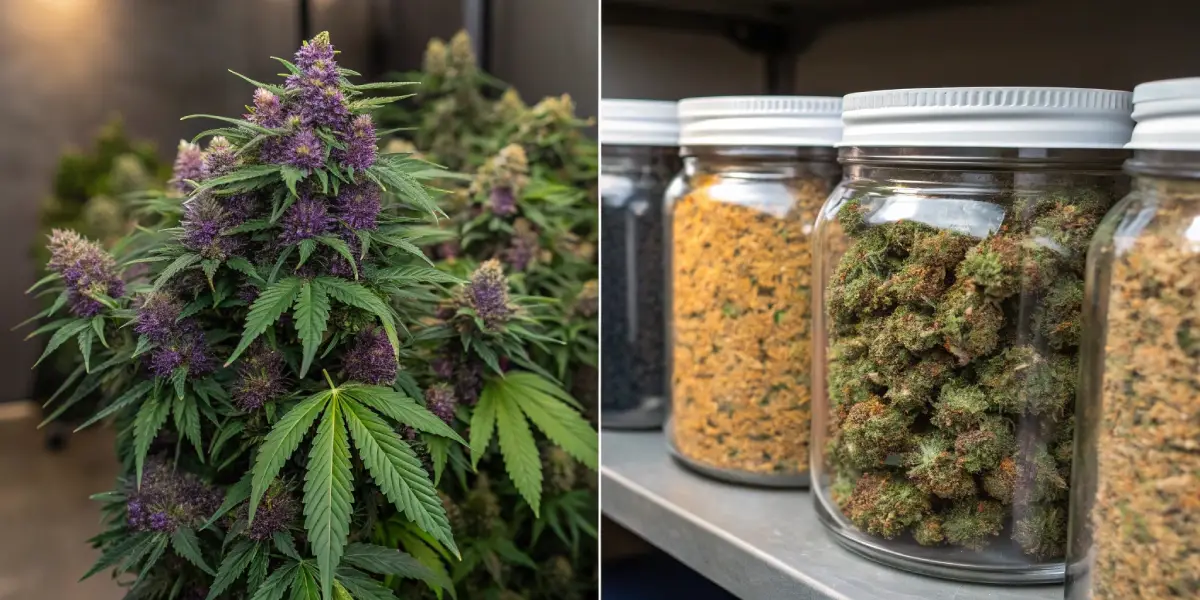
How to Keep Your Weed Fresh for Longer
The key to keeping your weed fresh lies in proper storage. The best way to store cannabis is in an airtight glass jar, preferably with a tinted glass to block out light. These jars should be kept in a cool, dark place, like a cupboard, to protect the cannabis from heat and light exposure. Additionally, using humidity packs inside the jars can help maintain the ideal moisture level, preventing the cannabis from drying out or becoming too moist, which could lead to mold.
It’s also important to avoid storing your weed in the fridge or freezer. While it might seem like a good idea to extend its shelf life, the fluctuating temperatures can cause condensation to form inside the container, leading to mold growth. Moreover, freezing cannabis can make it brittle and lose its trichomes, which contain the cannabinoids and terpenes responsible for the plant’s effects and flavor. Proper storage can significantly extend the life of your cannabis, keeping it potent and enjoyable for months.
FAQs
How can I tell if my weed has gone bad?
There are several indicators that your weed may have gone bad. First, check the color. Fresh cannabis typically has a vibrant green hue, often with hints of purple or orange, depending on the strain. If your weed has turned a dull brown or gray, it’s likely past its prime. Next, consider the smell. Good-quality cannabis should have a strong, pungent aroma that’s characteristic of its strain.
If your cannabis smells musty, moldy, or lacks any smell at all, it’s probably stale or contaminated. Texture is another important factor. Fresh cannabis should be slightly sticky to the touch, due to the resinous trichomes. If it is overly dry and crumbles easily, or if it feels damp and has visible mold, it’s no longer good to use. Smoking moldy cannabis can be particularly harmful, leading to respiratory issues and other health problems.
Is it safe to smoke old weed?
Smoking old cannabis is generally safe, but it’s important to set your expectations. Over time, cannabis loses its potency as the THC degrades into CBN, a cannabinoid that has milder, sedative effects. This means that while old cannabis can still get you high, the experience may be less intense and could feel different from what you’re used to. The taste of old cannabis is often harsh, as it tends to become dry and stale, which can make smoking less enjoyable.
However, it’s crucial to avoid smoking weed that has become moldy. Mold spores can be harmful when inhaled, potentially leading to respiratory infections and other health issues. If you’re unsure about the quality of your weed, it’s better to err on the side of caution and either repurpose it or discard it.
How should I store my weed to keep it fresh?
Proper storage is key to maintaining the freshness and potency of your cannabis. The best way to store weed is in an airtight glass jar, preferably with a tinted glass to protect it from light exposure, which can degrade THC. Keep the jar in a cool, dark place, like a cupboard or drawer, to protect it from heat, which can also cause your weed to dry out and lose potency. Humidity control is another important factor. Cannabis should be stored at a humidity level of around 62% to maintain its moisture without encouraging mold growth.
You can use humidity packs inside your storage jars to help maintain the ideal environment. Avoid storing your weed in plastic bags or containers, as they can allow air and moisture to seep in, leading to faster degradation. Also, while it might seem like a good idea, avoid storing weed in the fridge or freezer, as the fluctuating temperatures can cause condensation and lead to mold.
Can I still get high from old weed?
Yes, you can still get high from old cannabis, but the experience might be different from what you’re used to with fresh cannabis. As it ages, the THC content gradually decreases as it converts into CBN. CBN is mildly psychoactive but is more associated with sedative effects, so the high from old cannabis may be less intense and more relaxing. If it has been stored properly—away from light, heat, and moisture—it will retain more of its potency over time.
However, if it has been exposed to unfavorable conditions, the degradation of THC will be more significant, leading to a weaker and potentially less enjoyable high. It’s worth noting that while the high may be diminished, old weed can still be useful in making edibles or concentrates, where the remaining THC can be effectively utilized.
What can I do with old weed besides smoking it?
If your weed has aged and isn’t enjoyable to smoke, there are still several ways you can use it. One popular option is to make edibles. The process of decarboxylation, which involves heating the weed to activate the remaining THC, can make it suitable for cooking. You can infuse the decarboxylated weed into butter or oil, which can then be used in a variety of recipes, from brownies to savory dishes.
Another option is to concentrate. This can be done through methods like dry sifting, which involves collecting the trichomes (kief) from the cannabis and using them to boost the potency of other cannabis products. You can also create tinctures by infusing the weed in alcohol. Lastly, vaping might be a better option than smoking, as it can provide a smoother experience with less harshness, especially with older, drier weed.

